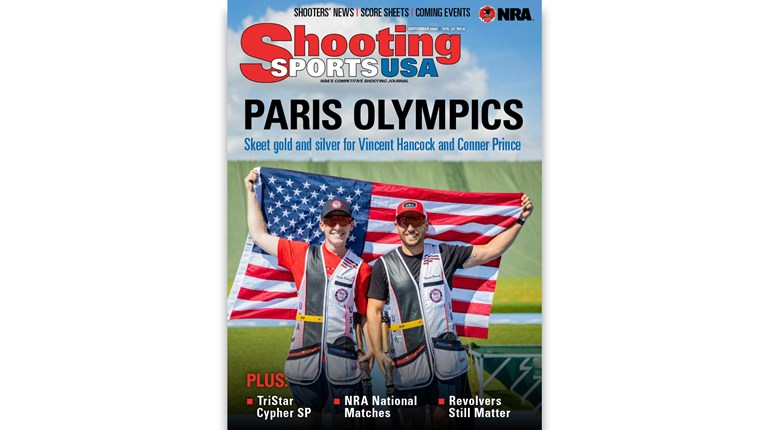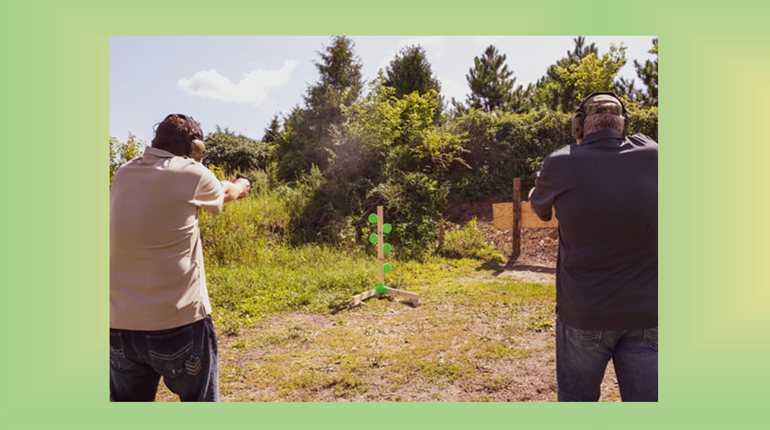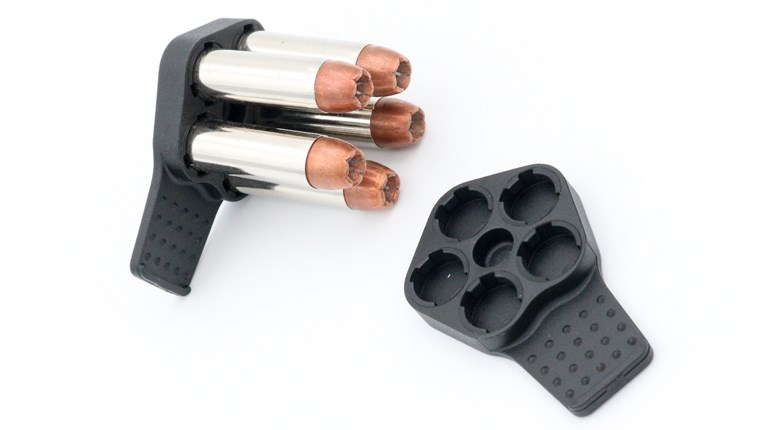
Smith & Wesson has a long tradition with .22 rimfires. In fact, the company’s first successful product back in the 1850s was a small revolver chambered for a then-new rimfire cartridge (now known as the .22 Short) that Smith & Wesson had also developed. This little handgun established Smith & Wesson as a force to be reckoned with in the handgun community.
Fast forward to today. While the company has a broad range of firearms for practically any intended use (from pocket-sized .380s, to massive magnums, to even long guns), there is still a demand for a good rimfire handgun. And the company has a long-running tradition of producing these. In addition to a range of .22 Long Rifle (LR) revolvers and M&P polymer-framed pistols, Smith & Wesson produces the respected and revered Model 41 (first introduced in the 1950s). A semi-automatic target pistol capable of performing in serious competitive shooting, this rimfire is an excellent option—but not cheap, starting at $1,369 MSRP.
Enter the new SW22 Victory pistol. Smith & Wesson recognized a demand for a more reasonably priced firearm, and the Victory is designed to accomplish that soundly. Offered in three models (from a standard variant, to a threaded-barrel version, to one with a Kryptek camouflage coating), the Victory has an MSRP that runs in the low to mid-$400s.
Some of you right now might be thinking, “Yeah, but what about the M&P22 pistols? Aren’t they in that same price range?” You would be correct, but the difference comes down to intended purposes. The M&P22s are siblings to Smith & Wesson’s self-defense-style M&P pistols in 9mm, .40 S&W and .45 ACP. The Victory takes a different tack. This pistol is designed with recreational shooting in mind, and it does it at a price point well within reach of a lot of new shooters. Add in Smith & Wesson’s lifetime service policy, and you are looking at a great option for new and seasoned shooters alike.
Hands On
I recently had an opportunity to try out a standard Victory model pistol for myself. Before we get to how it performed, let’s look at the basics of the design. At its heart, the Victory is a semi-automatic, magazine-fed pistol. It is chambered for the .22 LR cartridge, and the magazine capacity is 10 rounds (the pistol comes standard with two magazines).
Weighing in at 36 ounces, the Victory is very substantial in the hands; there will be little to no muzzle rise during the gentle bark of this pistol. The weight of the pistol derives from its primarily stainless steel construction. However, while the heavy-profile barrel, upper receiver and bolt, and the upper portion of the frame are stainless steel, the grip portion of the lower frame is made from lightweight polymer. A pair of removable polymer grip panels is attached to this lower frame.
The sights of the Victory are made up of a set of high-visibility green fiber-optic sights. The rear sight unit is fully adjustable for windage (left and right) and elevation (up and down), so you can tune it to your preferred ammo. For those who want to mount an optic on the Victory, Smith & Wesson has you covered. Included with the pistol is a 5-inch strip of polymer mounting rail that can be attached the drilled-and-tapped upper receiver with the included tool (simply remove the original rear sight unit and install the rail). Also of note is the fact that the strip of rail has an integrated fixed rear sight unit.
Another unique feature of the Victory is the fact the barrel is easily removable and replaceable by simply loosening a barrel set screw. If you want to swap it out with an aftermarket unit, you can do so in a few minutes. Smith & Wesson really seems to have thought through all the details on this pistol.
Controls of the Victory are primarily located on the left side of the frame, and as a result are right hand-centric (southpaws will have to work around this fact). There is a safety at the upper rear portion of the left grip panel. A sweep up places the pistol on safe and locks the trigger; a sweep down disengages it. Also of note is the fact the Victory has a magazine safety—with the magazine removed the pistol will not fire, whether the manual safety is engaged or not.
The other primary controls consist of the bolt stop lever located at the upper forward portion of the left grip panel. The Victory locks open on an empty magazine, and this lever can be used to either release the slide or manually lock it open. The magazine release is a simple, round button located on the left side of the pistol, just to the rear of the trigger. Speaking of the trigger, it is a steel-reinforced polymer unit that has an adjustable trigger stop.
Operationally, the Victory is extremely easy to use. With the pistol on “safe,” insert a loaded magazine, retract the bolt (by pulling back on the vertical grasping grooves located at the rear of the upper receiver) and release it to chamber a round. Align your sights, disengage the safety and press the trigger.
On this topic, I took the Victory out with a selection of ammunition and set up at 15 yards. The pistol proved to be quite accurate, giving me groups around 1 inch on average from sandbags at this range (see shooting results info for full report). I then ran the gun for functioning to ensure reliability. There was not a single malfunction during the entire test. The trigger broke cleanly at an average of 4.5 pounds and was very crisp.
Anyone looking for a high-quality rimfire pistol for a good price would do well to consider the SW22 Victory from Smith & Wesson. For more information, visit www.smith-wesson.com.
SPECIFICATIONS
CHAMBERING: .22 LR
BARREL: 5.5 inches
OA LENGTH: 9.2 inches
WEIGHT: 36 ounces
GRIPS: Polymer panels
SIGHTS: Adjustable, fiber optic
ACTION: Semi-automatic
FINISH: Stainless steel
CAPACITY: 10+1
MSRP: $409-$459 ($409 as tested)
SHOOTING RESULTS
LOAD VELOCITY ACCURACY
CCI Mini-Mag 40 1,130 1.05
Federal Gold Medal Target 40 1,083 0.95
Winchester SuperX 40 1,124 1.20
Velocity average of 10 shots at 15 feet, measured in feet per second. Bullet weight measured in grains. Accuracy is the average of five, 5-shot groups and is measured in inches at 15 yards.







































